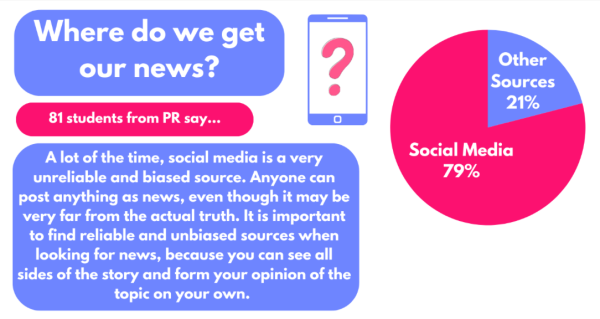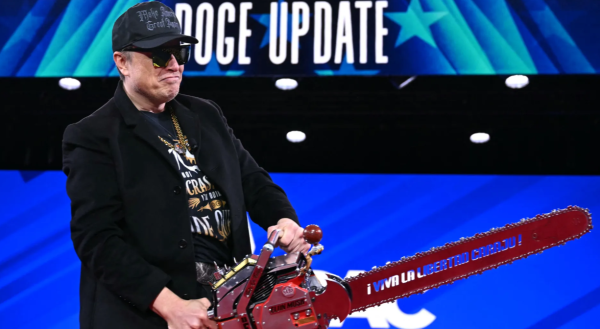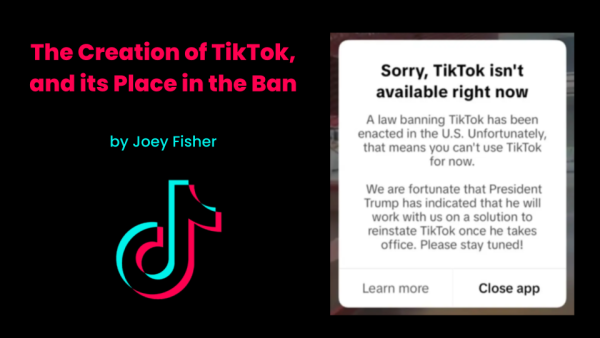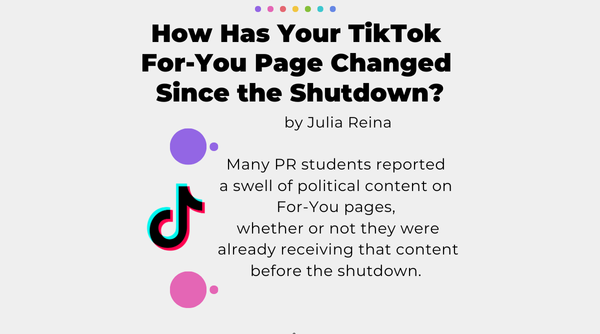Events Preceding The Death of Iranian General Qasem Soleimani
On the second day of a new decade, Iranian General Qasem Soleimani was killed in a drone attack ordered by the President.
A statement by The Department of Defense claimed that “Soleimani was actively developing plans to attack American diplomats and service members in Iraq and throughout the region.” The general had also seen responsible for the attacks on Iraqi bases that occured in the months leading up to his death.
This includes “the attack on December 27th – culminating in the death and wounding of additional American and Iraqi personnel.” The December attack that the statement is referring to, took place at an Iraqi military base, which killed an American and wounded others. It is unclear who was responsible, but the U.S seems to believe that the Kata’ib Hezbollah is responsible. This group, which is backed by Iran, is recognized as a terrorist organization by the United States.
In response to the attack and the loss of an American life, two days later, the U.S bombed five locations, three of which were in Iraq, and the other two in Syria. These locations were “weapon storage facilities and command and control locations” that the Kata’ib Hezbollah used to plan attacks, such as the one on Dec. 27th. The bombings led to 25 deaths of militia members. The Iraqi Prime Minister expressed great dismay for the attacks, which likely strained the relationship of both countries.
On New Year’s Eve, protesters that were supported by Iraqi militias attacked the U.S. embassy in Baghdad, Iraq. The protesters lit fire to a reception area and destroyed parts of the embassy as well as shouting “Death to America.” Reportedly, Iraqi security didn’t stop the protesters from entering the Green Zone, an area of multiple kilometers that surrounds the Embassy. The protesters came from a funeral for the people who died from the U.S. strikes on the three Iraqi locations.
The same day that the U.S. Embassy was burned and vandalized, the Secretary of Defense released a statement that called for “Approximately 750 soldiers” to be “deploy[ed] to the region immediately.” More specifically, the soldiers immediately sent were part of an “infantry battalion from the Immediate Response Force (IRF) of the 82nd Airborne Division” The soldiers were deployed in response to the events at the U.S Embassy and instances leading up to that night.
After tensions substantially rose between the nations throughout the days leading up to his death, Iranian General Qasem Soleimani and others were taken down by three American drones. President Donald Trump ordered the attack and defended it by explaining that throughout the general’s life, “Soleimani made the death of innocent people his sick passion, contributing to terrorist plots as far away as New Delhi and London.”
The President also explained that his actions were oriented towards stopping a conflict. Trump expressed optimism for the future of Iran and verbalized respect for its citizens. He stated that he is not seeking a “regime change,” but believes that the country of Iran belongs to the people and not the “terrorist warlords” who exert power over it.

Grant Preves is a senior and is on news team for his third year. He has enjoyed co-hosting The Howl and having political debates with fellow news team...





